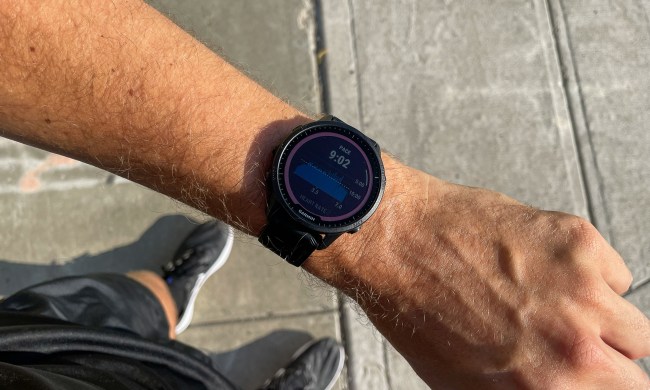
A new partnership between “hearables” company Bragi and IBM has yielded a new set of headphones that seek to “transform the way people interact, communicate, and collaborate in the workplace.” By bringing Watson to The Dash, Bragi’s smart headphones, users will be able to use their 21st century headsets to do everything from receive instructions to communicate with co-workers, allowing individuals to interact with one another and keep tabs on the operating environment, wellbeing, and safety of their team.
“Hearables will transform the way we work and have a tremendous impact on the business processes of the future,” said Nikolaj Hviid, CEO and founder of Bragi. “The Dash is uniquely equipped to realize the potential of truly contextual audible computing. We are very excited to tap IBM’s industry leading cognitive computing capabilities through the Watson IoT platform as well as benefit from IBM’s enormous experience in global innovation that touches people’s lives.”
As smart devices become increasingly ubiquitous, companies like IBM are looking to find new hardware in which to invest their software. “With Watson’s language translation capabilities and the increasing pervasiveness of smart devices, conversational interfaces will start to challenge the visual user interfaces of today,” said Harriet Green, Global Head of IBM Watson Internet of Things. “Users will increasingly talk to their devices and interact with their homes and workplaces in more natural, interactive and convenient ways. With Bragi we are looking at how this development can go even further with a powerful audio and sensory interface that fits inside the ear opening up a myriad of new opportunities for transforming the workplace.”
Thus far, IBM and Bragi have set their sights upon six initial focus areas whereupon to invest their energies: worker safety, guided instructions, smart employee notifications, team communications, workforce analysis and optimization, and biometric ID.
“This is where we see the most potential in the short and medium term. There are many other opportunities that we will explore in the future with growing technological capabilities of our audible computing devices,” added Darko Dragicevic, EVP Partners and Solutions at Bragi.
And while there’s no concrete sense of timing on The Dash’s public availability (at least, with Watson capabilities), it seems that IBM and Bragi are hard at work to make your own work environment all the better.
“Packed with sensors, The Dash is uniquely equipped to realize the potential of truly contextual audible computing,” Hviid concluded. “We are very excited to tap IBM’s industry leading cognitive computing capabilities through the Watson IoT platform as well as benefit from IBM’s enormous experience in global innovation that touches people’s lives.”


